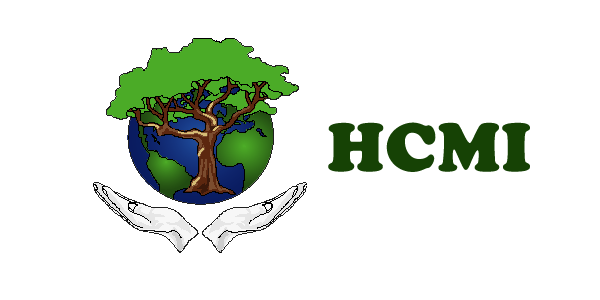 House flies cannot bite, but they have sponging mouthparts and may play an important role in disease transmission to humans and animals. House flies serve as carriers of disease agents due to their feeding on animal wastes, garbage, and human foods. House flies are known to carry bacteria and viruses that cause conditions such as diarrhea, cholera, food poisoning, yaws, dysentery, and eye infections. There are many bacteria and parasites that infest the fly, making flies a major factor in spreading many diseases by touching surfaces with their legs or their saliva. After walking on excrement, flies may carry up to as many as 6 million bacteria on their feet!
House flies cannot bite, but they have sponging mouthparts and may play an important role in disease transmission to humans and animals. House flies serve as carriers of disease agents due to their feeding on animal wastes, garbage, and human foods. House flies are known to carry bacteria and viruses that cause conditions such as diarrhea, cholera, food poisoning, yaws, dysentery, and eye infections. There are many bacteria and parasites that infest the fly, making flies a major factor in spreading many diseases by touching surfaces with their legs or their saliva. After walking on excrement, flies may carry up to as many as 6 million bacteria on their feet!
Here are some examples of the diseases some flies are known to help spread.
- Eye gnats are small bugs that live off the eye fluid where they can be found congregating. They are a nuisance and do not bite, but are known to cause mammary cancers and disease among cows in North America.
- There are many species of gall gnats which are known to cause damage to wheat crops as the larvae feed on plants and cause abnormal plant growths called galls.
- Sand gnats, also known as no-see-ums, chitras, punkies, or sand fleas, are biting, blood sucking gnats found in sandy areas. The bites leave large red bumps and rashes.
- Dark-winged fungus gnats are found in moist environments and are a problem in mushroom farms and household plants.
- Midges are very tiny two-winged flying insects. Some midges bite and spread livestock disease, others do not bite. They live in water during the larval stage. The larvae are also called blood worms.
Diseases Caused By Flies
- Leishmaniasis is caused by a parasitic protozoan transmitted by the bite of sand flies. Symptoms of this disease may include: fever, weakness, swollen spleen, and skin sores.
- Trypanosomiasis is a sleeping sickness and epidemic caused by a protozan blood parasite called Trypanosoma. It is trasmitted by the salivary glands of infected Tsetse flies in Africa. Symptoms include: sores similar to boils at the site of the bite, fever, headaches, and severe illness.
- Myiasis occurs mostly on animals such as dogs, sheep and cows, but occasionally it may occur on humans, frequently carried by the Cheese Skipper fly. It is transmitted by a fly that lays its eggs on the skin of another organism. The larvae can burrow into the skin or penetrate into open wounds. Symptoms include: violent abdominal pain, nausea, vomiting, and diarrhea with bloody discharge.
- Dysentery is a chronic disease that affects the large intestine in humans. The parasite Entamoeba histolytica is the cause of this disease. This particular parasite can be found in uncooked meats and may be transported by flies. This disease is characteristic of severe diarrhea and stomach cramps.
- Onchocerciasis, also known as River Blindness, is an infectious cause of blindness. It is carried by a minute nematode worm that is spread by the Simulium black fly.
- Bartonellosis is caused by the rickettsia organism, transmitted by the bite of a Sand Fly. Victims are usually exhausted from anemia, and experience a high fever and wart-like eruptions on the skin.
- Flies rummaging around excrement may come across bacteria known as Salmonella Typhi, which may come from a person shedding it. This disease, called typhoid, is a type of fever. Symptoms include: a body temperature as high as 103° to 104° F (39° to 40° C), weakness, stomach pains, headaches, and/or loss of appetite.
- Leprosy, also known as Hansen's Disease, is a chronic disease that affects mainly the skin. It is caused by the bacillus Mycobacterium leprae, which may be carried by flies from rotted foods. An early symptom is anesthesia (or the numbness) of a patch of skin. Some muscles may be paralyzed. Because of the numbness of some nerves, injuries to the area are not noticed.
Remember that our Liquid Detox is one of the most effective remedies for treating/healing bites and wounds. It is powerful at helping reduce pain, swelling and itching, and is very effective at preventing infection. You can apply it directly to the bite or wound or soak the absorbent part of a band aid (3-5 drops) in Liquid Detox and apply it to the bite or wound.
